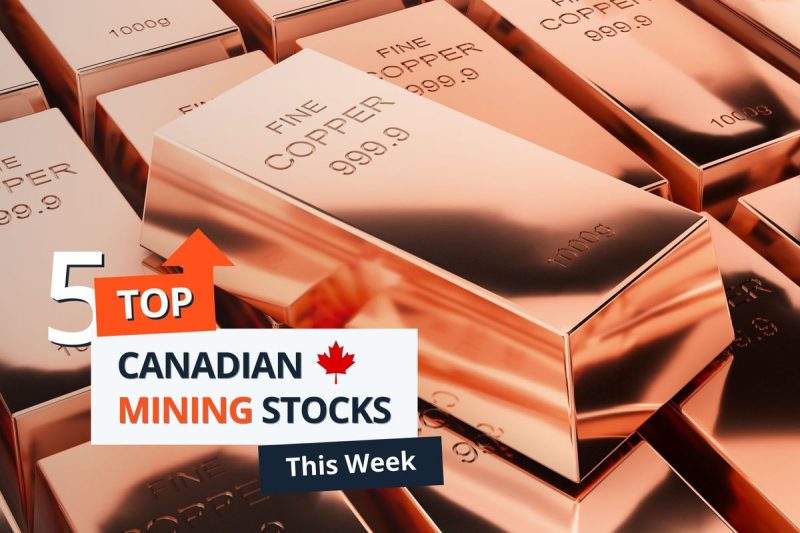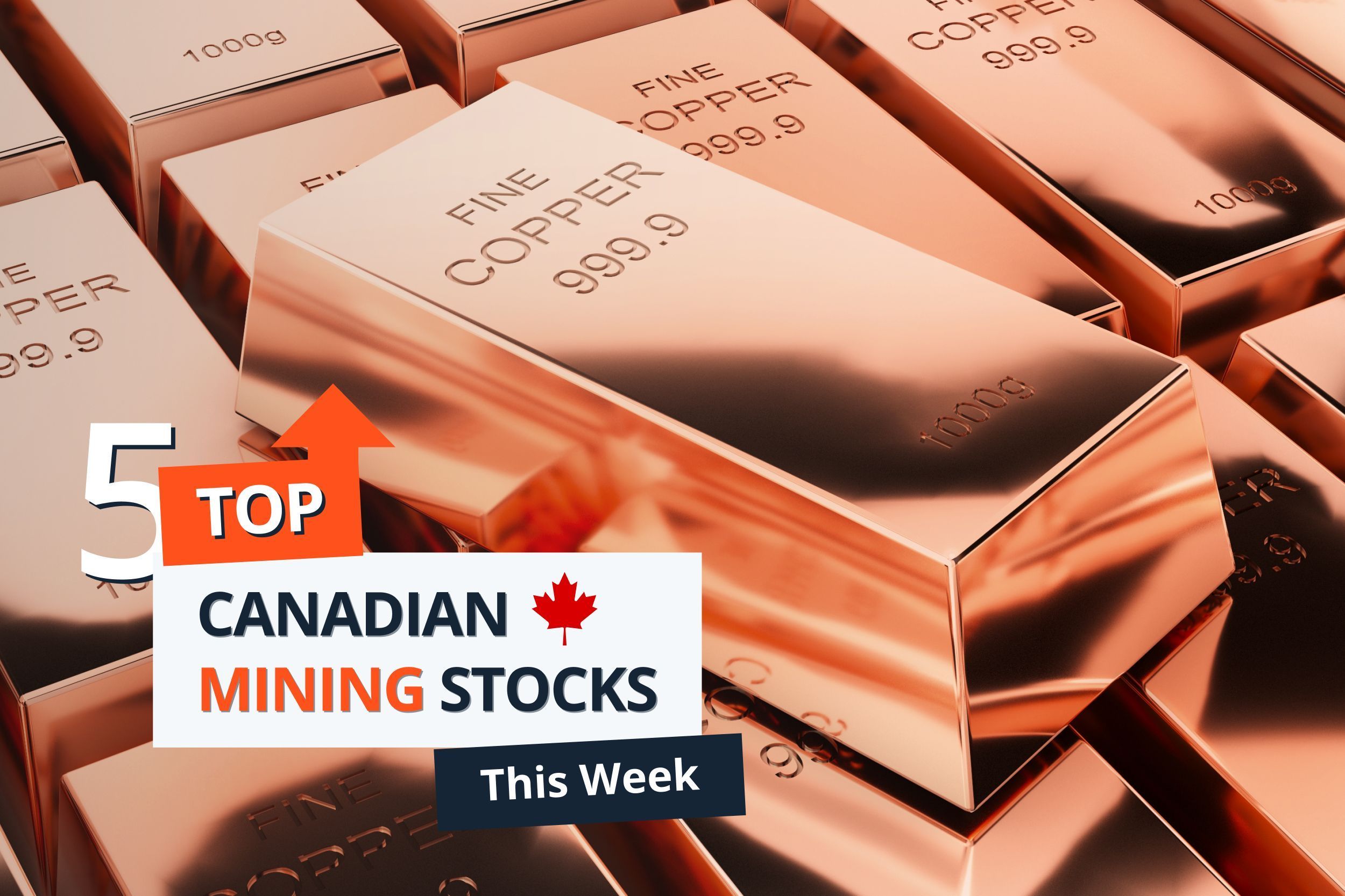

The US Bureau of Economic Analysis released February personal consumption expenditures (PCE) index data on Friday (March 28). The figures show inflation increased 2.5 percent on an annualized basis in February, aligning with analyst expectations and reflecting no change from the 2.5 percent recorded in January. On a monthly basis, inflation rose by 0.3 percent, also matching January’s increase.
However, core PCE, which excludes the volatile food and energy prices, increased 2.8 percent year-over-year and 0.4 percent month-over-month. Both came in above analyst expectations of 2.7 and 0.3 percent, respectively.
The PCE is the Federal Reserve’s preferred measure for tracking inflation and will be significant when it meets next in May. Combined with recent consumer price index figures, the data indicates progress has stalled in bringing inflation to the Federal Reserve’s 2 percent target rate.
To the north, Statistics Canada released January gross domestic product (GDP) numbers on Friday. The report shows that GDP grew by 0.4 percent in January, up from a 0.3 percent increase in December.
The largest gain was observed in goods-producing industries, which rose 1.1 percent, marking the highest increase since October 2021. As for Canada’s resources, the mining, quarrying and oil and gas extraction sector increased by 1.8 percent during the first month of the year. This increase was driven by a 2.6 percent rise in the oil and gas extraction subsector. However, metal ore mining declined by 1.2 percent.
The agency also provided a brief estimate of February’s GDP numbers, as well as a look at Canada and the US’s metal manufacturing trade. Tariff threats from the United States appear to have kept numbers flat, as preliminary real GDP data is “essentially unchanged in February.” Official data for February will be released on April 30.
Markets and commodities react
In Canada, markets were in the red this week. The S&P/TSX Composite Index (INDEXTSI:OSPTX) fell 1.2 percent during the week to close at 24,759.15 on Friday, the S&P/TSX Venture Composite Index (INDEXTSI:JX) decreased 1.04 percent to 633.63 and the CSE Composite Index (CSE:CSECOMP) dropped 2.43 percent to 121.13.
US equity markets fell even further this week. The S&P 500 (INDEXSP:INX) lost 2.4 percent to close at 5,5680.95, the Nasdaq 100 (INDEXNASDAQ:NDX) dropped 3.79 percent to 19,281.40 and the Dow Jones Industrial Average (INDEXDJX:.DJI) shed 1.41 percent to 41,583.91.
The gold price climbed to fresh all time highs this week gaining 2.02 percent to US$3,084.48 per ounce at 5:00 p.m. EDT Friday. The silver price rose higher with a 3.29 percent increase during the period to US$34.10.
In base metals, the copper price set an all time high of US$5.32 per pound on Wednesday before finishing the week flat to close out Friday at US$5.13 per pound on the COMEX. Meanwhile, the S&P GSCI (INDEXSP:SPGSCI) was up 0.41 percent to close at 560.50.
Top Canadian mining stocks this week
So how did mining stocks perform against this backdrop? We break down this week’s five best-performing Canadian mining stocks below.
Stock data for this article was retrieved at 2:00 p.m. EDT on Friday using TradingView’s stock screener. Only companies trading on the TSX, TSXV and CSE with market capitalizations greater than C$10 million are included. Companies within the non-energy minerals and energy minerals sectors were considered.
1. Euro Sun Mining (TSX:ESM)
Weekly gain: 53.85 percent
Market cap: C$30.94 million
Share price: C$0.10
Euro Sun Mining is a copper and gold development company focused on advancing its Rovina Valley project in Romania.
The project’s mining license received full approval for 20 years in 2018, with the option to renew it in five-year increments.
An updated feasibility study from March 2022 demonstrated the project’s economics, showing a post-tax net present value of US$512 million and an internal rate of return of 20.5 percent, assuming a base case gold price of US$1,675 per ounce and a copper price of US$3.75 per pound.
Proven and probable mineral reserve estimates for the site show contained quantities of 197,522 metric tons of copper with an average grade of 0.16 percent, along with 1.84 million ounces of gold with an average grade of 0.47 grams per metric ton (g/t) from 123.3 million metric tons of ore.
Although Euro Sun did not release news this week, shares increased alongside a rising copper price.
2. Rackla Metals (TSXV:RAK)
Weekly gain: 50 percent
Market cap: C$22.58 million
Share price: C$0.225
Rackla Metals is a gold exploration company with a significant land package covering 59,000 hectares in the Eastern Yukon and Western Northwest Territories, Canada. The firm is specifically targeting properties within the Tombstone Gold Belt, which hosts a gold system that tends to produce deposits in clusters.
Among its key projects is the Astro plutonic complex in the Northwest Territories, which is in close proximity to significant discoveries at Snowline Gold’s (TSXV:SGD,OTCQB:SNWGF) Rogue plutonic complex and Fireweed Metals’ (TSXV:FWZ,OTCQX:FWEDF) Macmillan Pass project.
Besides Astro, Rackla has been exploring its Grad property, which it initially staked in August 2024. Work at the 4,000 hectare site has focused on anomalies identified in a government regional geochemical survey. In October 2024, the company reported that grab samples from the BiTe zone yielded grades of up to 92 g/t gold in its season-end exploration update.
The company’s latest release came on Tuesday (March 24), when it announced a non-brokered private placement to raise total gross proceeds of C$2.45 million. The company intends to use proceeds to advance work at its Tombstone gold belt properties.
3. Tidewater Renewables (TSX:LCFS)
Weekly gain: 49.55 percent
Market cap: C$112.45 million
Share price: C$3.35
Tidewater Resources is focused on the production of low-carbon fuels from facilities in British Columbia, Canada.
Its sole operation is a renewable diesel and hydrogen complex located near Prince George. The project has a nameplate capacity of 3,000 barrels per day of renewable diesel and 23.7 metric tons per day of hydrogen. The plant began production during Q4 2023 using feedstock that included soybean and canola oil.
The company is expanding the site to produce sustainable aviation fuel, which it plans to start producing in 2028.
On March 6, Tidewater announced that it had advised the Canadian Border Services Agency (CBSA) to initiate an anti-subsidy and anti-dumping duty investigation into imports of renewable diesel from the US. The release indicated that the CBSA confirmed that Tidewater had provided sufficient evidence to support the allegations.
Tidewater expects that additional duties of between C$0.50 and C$0.80 will be applied to renewable diesel imports originating from the US, which would provide increased market stability for Tidewater products.
The company released its financial results for 2024 on Thursday, March 27. In the announcement, the company stated that its renewable diesel and hydrogen complex achieved an average daily throughput of 2,677 barrels per day in the fourth quarter, marking a significant increase from the 1,700 barrels per day throughput in Q4 2023.
4. Titan Mining (TSX:TI)
Weekly gain: 48.28 percent
Market cap: C$57.27 million
Share price: C$0.43
Titan Mining is a critical mineral mining and development company focused on advancing and exploring its zinc and graphite assets in New York, US.
Its Empire State Mines (ESM) zinc operations include ESM 4, which restarted production in January 2018, along with six past-producing mines capable of supplying additional feedstock for its onsite mill.
On January 7, Titan released an updated life of mine plan for its ESM properties, which projected a 35 percent increase in production compared to its previous plan released in 2021. The new plan extends the mine’s operational life to nine years, up from seven, and anticipates the production of 636 million pounds of zinc, increased from 470 million pounds in the prior plan.
In addition to zinc, the company also owns the Kilbourne graphite deposit located 4,000 feet from the existing mill at its Empire Mines operation.
A December 2024 maiden mineral resource estimate demonstrated an open pit inferred resource of 653,000 short tons of contained graphite from 22.42 million short tons of ore with an average grade of 2.91 percent copper.
Titan’s most recent news came on March 20, when it released its full-year 2024 results. In the announcement, the company stated it had achieved the upper end of production guidance with 59.5 million pounds of payable zinc. It also reported C1 cash costs of US$0.91 per payable pound sold, which was below the guidance range of US$0.98 to US$1.02.
5. Supernova Metals (CSE:SUPR)
Weekly gain: 39.71 percent
Market cap: C$14.1 million
Share price: C$0.475
Supernova Metals is an exploration company with rare earth mineral claims in Newfoundland and Labrador, Canada, as well as petroleum interests in Namibia.
Its TT rare earth claims comprise two licenses spanning 825 hectares in central Labrador and are adjacent to Canada Rare Earth’s (TSXV:LL,OTC Pink:RAREF) Two Tom project. The company shared plans to begin exploration in February.
In addition to its TT Claims, the company announced on January 31 that it had successfully completed its acquisition of NamLith Resources. The purchase provides Supernova with an 8.75 percent indirect ownership interest in Block 2712A and petroleum exploration license 107 in Namibia’s offshore Orange Basin.
In a follow-up on February 6, Supernova reported that a NI51-101 technical report is being prepared for the block. The company has since added two senior strategic advisors with experience in the energy industry.
The company has not released any project updates in the past week.
FAQs for Canadian mining stocks
What is the difference between the TSX and TSXV?
The TSX, or Toronto Stock Exchange, is used by senior companies with larger market caps, and the TSXV, or TSX Venture Exchange, is used by smaller-cap companies. Companies listed on the TSXV can graduate to the senior exchange.
How many companies are listed on the TSXV?
As of June 2024, there were 1,630 companies listed on the TSXV, 925 of which were mining companies. Comparatively, the TSX was home to 1,806 companies, with 188 of those being mining companies.
Together the TSX and TSXV host around 40 percent of the world’s public mining companies.
How much does it cost to list on the TSXV?
There are a variety of different fees that companies must pay to list on the TSXV, and according to the exchange, they can vary based on the transaction’s nature and complexity. The listing fee alone will most likely cost between C$10,000 to C$70,000. Accounting and auditing fees could rack up between C$25,000 and C$100,000, while legal fees are expected to be over C$75,000 and an underwriters’ commission may hit up to 12 percent.
The exchange lists a handful of other fees and expenses companies can expect, including but not limited to security commission and transfer agency fees, investor relations costs and director and officer liability insurance.
These are all just for the initial listing, of course. There are ongoing expenses once companies are trading, such as sustaining fees and additional listing fees, plus the costs associated with filing regular reports.
How do you trade on the TSXV?
Investors can trade on the TSXV the way they would trade stocks on any exchange. This means they can use a stock broker or an individual investment account to buy and sell shares of TSXV-listed companies during the exchange’s trading hours.
Article by Dean Belder; FAQs by Lauren Kelly.
Securities Disclosure: I, Dean Belder, hold no direct investment interest in any company mentioned in this article.
Securities Disclosure: I, Lauren Kelly, hold no direct investment interest in any company mentioned in this article.
